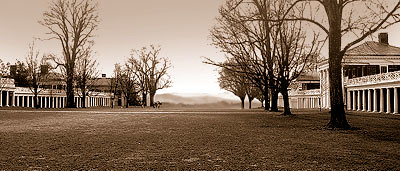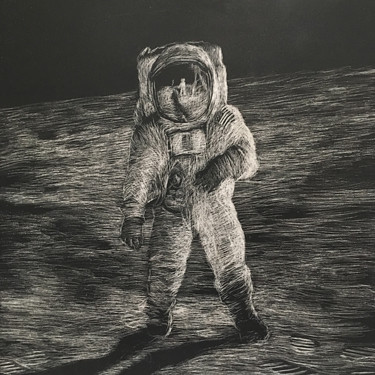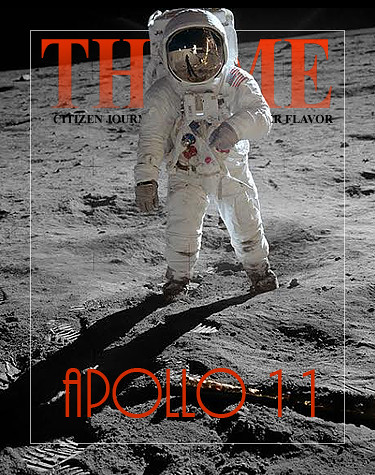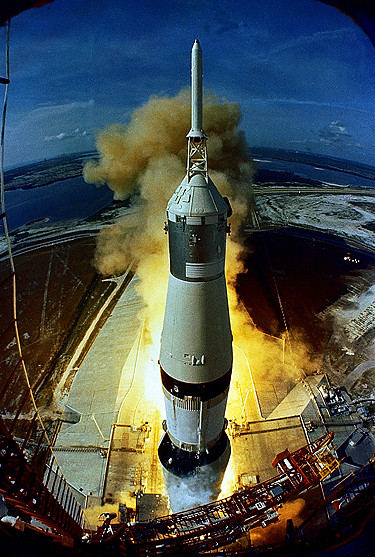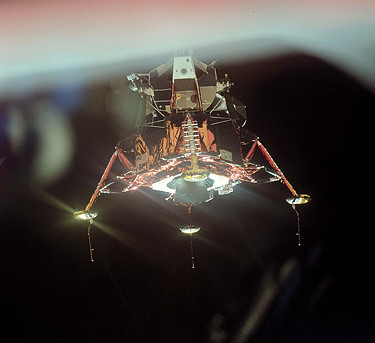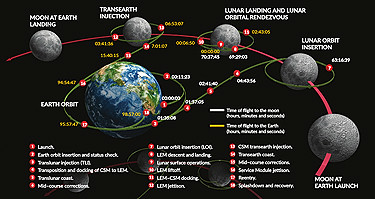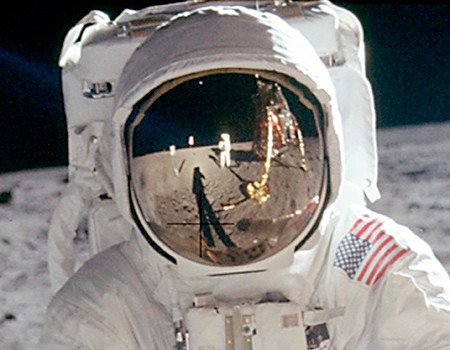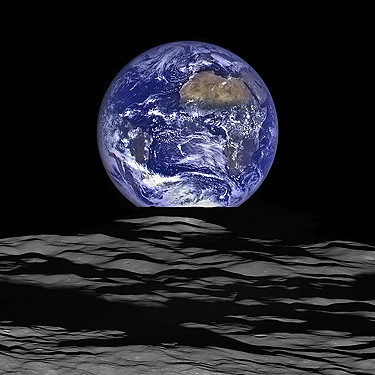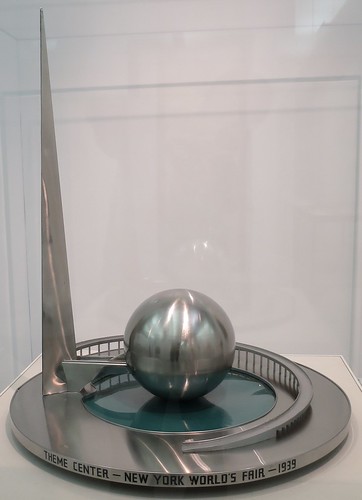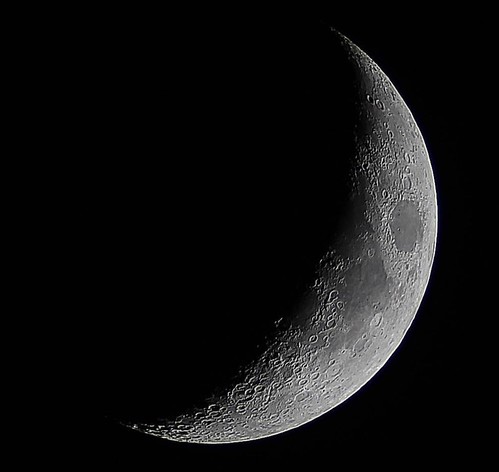
Volume XVII, Issue IV
Young People Imagine the Future
It was a week of wild creativity as students unleashed their imaginations to build the “World of Tomorrow.” We assembled Leonardo da Vinci’s Bridge, rolled paper into struts to build tetrahedrons, got mentioned by Michelle L. Mitchell [1.] in the News Virginian and most of all stretched our collective ability to imagine things we have not seen yet. We drew our ideas and then found ways to build what we imagined.
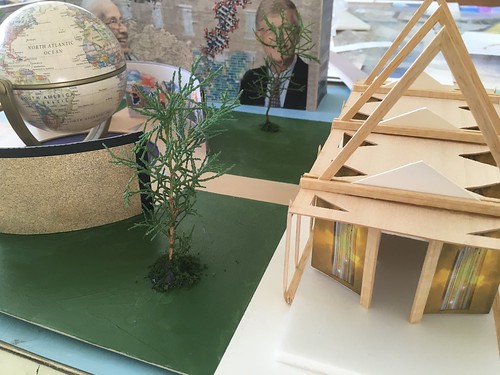
Some 'example pavilions' that I created to help the creative juices flow...

...included a Pavilion of Tyrol, complete with stained glass windows that have glass organ pipes embedded in them as designed by Xaver Wilhelmy...

...and the Pavilion of the Bering Strait Bridge Corporation with a reproduction of a mural painted by myself and Kristina Elaine Greer of children of the world entitled Journey to Jesus.
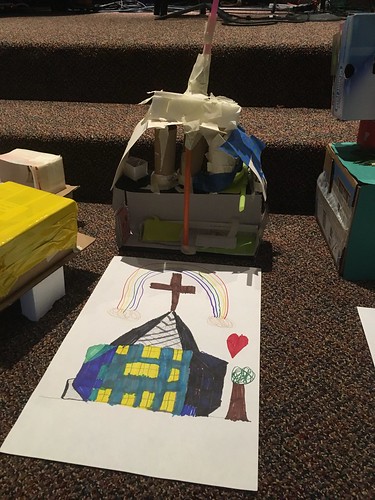

Our campers worked at architectural drawing and imagined buildings they would like to create. Then they built them!


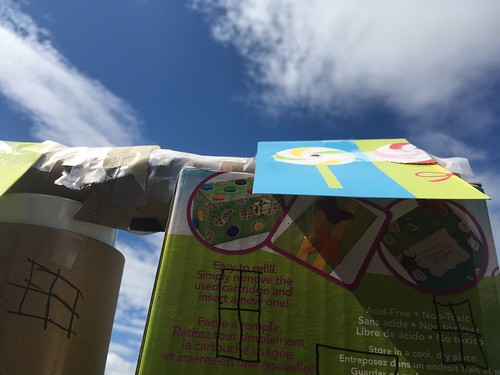

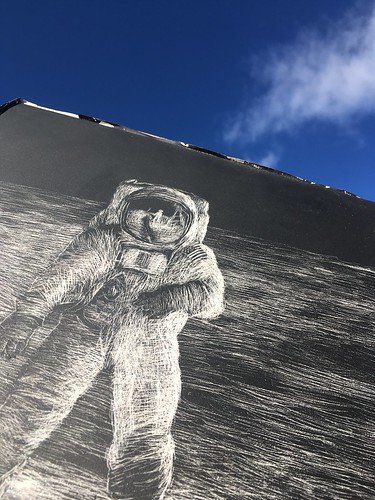




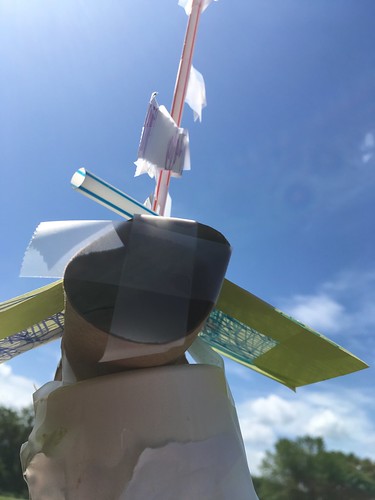
We photographed our finished pavilions against the sky to get a sense of the scale and presence they would have as actual buildings. Photos by Bob Kirchman.
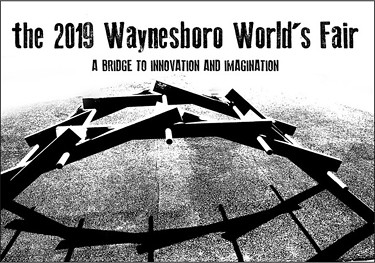
The 'City of Tomorrow' in 1939
Envisioning the future can be dangerous. In a world mired in the drabness of the Depression, city planners created Greenbelt, Maryland. The open spaces and cleanliness are a wonderful contrast to the often polluted and overcrowded world of the present, but it is worth noting that some of the ‘industrial’ solutions presented in the movie have created problems of their own.

Bicycles in the 1939 movie 'The City' speed through Greenbelt, Maryland.
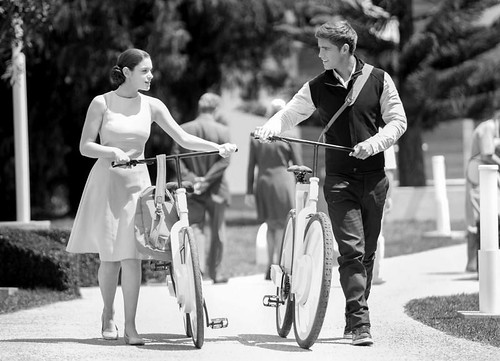
Fiona and Jonas with bicycles in the screen adaptation of 'The Giver.'
Democracity, Greenbelt, ‘The Community.’ All citizens needed to do, according to the planners, was “assent democratically to the centralization of planning.” It sounds real good in the midst of prolonged depression or the stagnation of the Wiemar Republic. But what is the true result of such centralization. Greenbelt kids are shown riding bicycles, painting pictures and playing at life situations such as a miniature post office. In actuality education itself was being ‘centralized.’ The Baby Boom had resulted in overcrowded classrooms (my first grade class was over fifty). Creative Wonder had to be sacrificed as we sat in orderly rows and learning itself became ‘industrialized.’
So what is the answer? I suspect it has less to do with urban design and more to do with humanity than planners would imagine. Decades later, the planners are now decrying the automobile suburbs and celebrating the grid cities they once liberated us from. Would that they would look at the wonderful ‘streetcar suburbs’ and urban open spaces that we actually enjoy – giving us a certain amount of messy freedom while organizing infrastructure and preserving openness – actually preserving ‘color!’ We like cul-de-sacs. We love our gardens. We like to choose the color of our dwelling. We like driving in open spaces.
We need to embrace the richness in our human expression of design. My children had a book in which two urban settings were presented as illustrations. One was ‘sameness,’ a very Soviet modernist city of tall bland buildings. The other – ‘uniqueness’ was – Paris! It was a very compelling argument!
C. S. Lewis on Free Will
God created things which had free will. That means creatures which can go wrong or right. Some people think they can imagine a creature which was free but had no possibility of going wrong, but I can't. If a thing is free to be good it's also free to be bad. And free will is what has made evil possible. Why, then, did God give them free will? Because free will, though it makes evil possible, is also the only thing that makes possible any love or goodness or joy worth having. A world of automata -of creatures that worked like machines- would hardly be worth creating. The happiness which God designs for His higher creatures is the happiness of being freely, voluntarily united to Him and to each other in an ecstasy of love and delight compared with which the most rapturous love between a man and a woman on this earth is mere milk and water. And for that they've got to be free.
Of course God knew what would happen if they used their freedom the wrong way: apparently, He thought it worth the risk. (...) If God thinks this state of war in the universe a price worth paying for free will -that is, for making a real world in which creatures can do real good or harm and something of real importance can happen, instead of a toy world which only moves when He pulls the strings- then we may take it it is worth paying.” ― C.S. Lewis, The Case for Christianity
The 2014 movie adaptation of Lois Lowery’s The Giver[2.] is a very instructive portrayal of what Lewis is saying. If you are not familiar with this novel, it is the story of a future world where security and freedom from want is secured by an enforced sameness. Gone are the joys of color and music. People see in black and white. Art is decorative but uninspired. Climate is regulated and people live in a community reminiscent of the ideal New Deal City, Greenbelt, Maryland.[3.] Greenbelt was Eleanor Roosevelt’s experiment in creating a ‘garden city’ to replace the hodgepodge of sometimes chaotic architecture of the time. Americans living in the Depression and Dust Bowl days were quick to embrace such a vision. Down the road from Greenbelt was the Beltsville Agricultural Research Center. Modern chemical-dependent farming and methods were being developed there.[4.]
In The Giver, emotion is carefully suppressed with drugs and ‘precision of language’ is used to eliminate Love, Anger and any sort of emotion.
But as the film unfolds, the elimination of pain and struggle has come at a cost. Elimination of Love also comes with the elimination of Faith and Hope. Mankind is deprived of those three qualities that Scripture says are the three things that last! Though the book and the film adaptation are classified as ‘young adult’ dystopian fiction the film adaptation is worth note on a higher level. I do not think Lowery set out to write a book about deep truth (she herself says that it is simply an idea that came to her visiting her father in a nursing home – that memories are important) but that makes it all the more intriguing as it explores the value of life and the question of what gives life value. The movie ending is less confusing than that of the original novel in that it suggests that Lewis’s thoughts on what is really important are worth the risk and suggests a remedy. It is a thoughtful message for all.
Ravi Zacharias [click to read] explores the subject further.
Zach Dawes Explores Love, Human Choice and C. S. Lewis [click to read]
The references to free will in Lewis’s books are one of the most prominent features the reader encounters. Indeed, even a cursory reading of a number of his works would reveal his belief in God’s gift to humanity of a free will to choose between two equally available choices. That is, to choose between good and evil, right and wrong.” – Zach Dawes

'Seeing color' in The Giver.
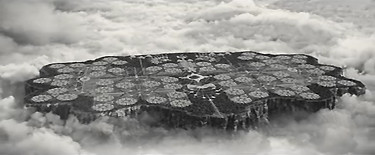
Future 'sameness.'
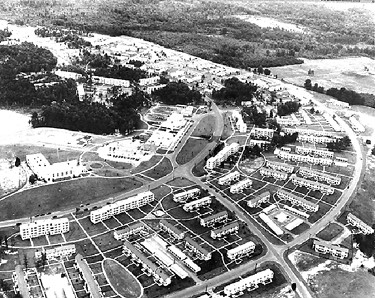
Greenbelt, Maryland.
Everyday Life in Modern Coruscant
Asian Megacities as Political Theater

What Le Corbusier would have wrought in Paris has become the new reality of Bejing and Shanghai.
Le Corbusier once wrote of his Plan Voisin for Paris: “Since 1922 [for the past 42 years] I have continued to work, in general and in detail, on the problem of Paris. Everything has been made public. The City Council has never contacted me. It calls me ‘Barbarian’!” -- Le Corbusier’s writings, p. 207.
Fast forward to the Twenty-first Century and Shanghai [Le Corbusier on steroids]. It all seems like the realization of the fictional Coruscant from Star Wars... a completely urban environment that stretches as far as the eye can see. The entire planet of Coruscant is one continual city.
Guy Sorman discusses the rise of Asian 'Super Megagopolises' [click to read] in City Journal. Looking at the Mega-model of Shanghai, one could begin to wonder: "can Coruscant be that far off." Sorman points out, however, that Shanghai is largely a political creation...designed to create the impression that China is ready for business with the world. [5.]
Every day the city teems with life and every night the workers necessary to make it function vacate the pristine city. It is like Disney World, where the 'cast members' descend into 'Utilidor,' remove their costumes, and disappear to homes elsewhere.
For Shanghai workers, 'homes elsewhere' often means crowded and substandard. Just as China's factories are seldom seen by Westerners, those who maintain the stage for world commerce live in a vastly different world than the one they 'portray' in their 'day jobs.'
Or perhaps, the Death Star in Star Wars is a better analogy. Its scale is way beyond human. It is intended to convey a sense of awe. Might we be looking at the work of some latter day Nimrod, seeking to elevate himself to the heavens?
Sorman points out how the mad rush into the 21st Century has obliterated the traditional spaces of Shanghai and Beijing, which were much more human in size and scate. Again Star Wars comes to mind. Green beautiful planets like Naboo and Alderon risk elimination as the Empire expands its grasp.
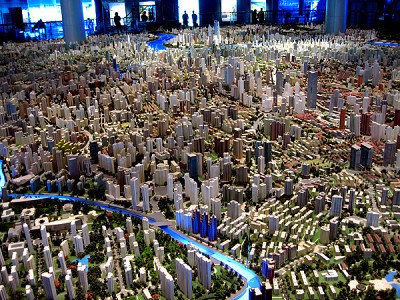
This scale model of Shanghai dwarfs the people in the room...

...and calls to mind the fictional city of Coruscant.
In the 'Sixties America sought to 'remake' her major cities. Le Corbusier style housing blocks were constructed to elevate the urban poor. Many of these 'projects' have since been torn down. While we were building them Moscow was building similar blocks of apartments. Today in Moscow, urban youths flock to the rooftops. [6.] Called 'Roofers,' these young people seek the rooftops simply for the openness and the view.
How to Return to the Village
Returning Government to the People in the 'Audience'
Nineteenth Century America was a nation of villages. Great centers of commerce existed, but they were fed by a vibrant countryside. When Thomas Jefferson created his ideal 'Academic Village' to house the University of Virginia he purposefully left one side open to the surrounding agricultural land. From the steps of the Rotunda one could look upon the rolling hills of Albemarle County.
Architect Stanford White convinced the University to fill the void with Old Cabell Hall a long time ago. The recently completed South Lawn attempts to recreate a space leading off into the trees of Charlottesville. The challenge of getting back to the garden is ever before us. Rooftop Gardens [click to read] offer one method of getting people and open spaces together. Reclaiming existing environments is another. Aging strip malls could be recycled into village centers for the surrounding suburban homes, offering a place residents could walk or bicycle to. Vacant lots and neglected riverfronts can become parks and gardens.
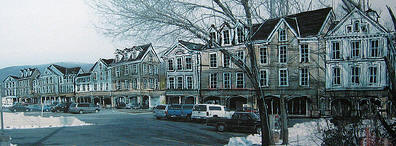
Proposed Renewal of the Crozet Shopping Center.
Drawing created by the Kirchman Studio.
Suburb bashing has always been a fashionable intellectual pastime.That is one reason I like Robert A. M. Stern. He sees the reasons people seek out single family dwellings of a traditional form. I have a friend who lives on the upper West side and his penthouse with a view of the Hudson is very nice but give me my gardens.People put up with the wretched infrastructure overload and strip centers because the village is still appealing. The residential areas become landscaped oasis for their residents. Kids play outside the house in view of the kitchen window. People visit at the back fence. Moreover the suburbs are seen by their dwellers as affirming opportunity and safety. If people had no emotion for their homes they would be fine with Le Courbusier type high rises but that is simply not the case.The problem is really one of infrastructure and public space [or lack therof]. Strip malls and box stores create a sterile wasteland but they may become the village centers of the future.
Time magazine once featured a piece called 'Repurposing Suburbs' which shows some fine examples of recreating this type of public space. This Crozet project turns a tired strip mall into a village center. One cannot wait for Crozet's redesigner to get his creative hands on some of the new "Town Center" projects which are now just collections of big box stores. Some time ago I drew a concept where the CSX tracks between Staunton and Charlottesville became a light rail line connecting Staunton, Fishersville, Waynesboro, Crozet, Ivy, The University of Virginia Medical Center and Downtown Charlottesville. The result would be a series of village centers and a better utilization of existing infrastructure.
City Journal's writers draw conflicting conclusions. Houston is touted as encouraging its middle class while Gotham offers limited options. Dense urban areas do tend to create energy efficiency. The trick is to see opportunities to improve the communities we have already created.That would certainly involve offering condominiums and a pedestrian friendly center to suburban communities and reclaiming all those wonderful old low density neighborhoods of our cities.

Front Yard garden, Arlington, Virginia. Photo by Bob Kirchman.

Front Porch, Arlington, Virginia. Photo by Bob Kirchman.
For I know the plans I have for you, declares the Lord, plans for welfare and not for evil, to give you a future and a hope.” – Jeremiah 29:11
Blind to the Prosperity Around Us
[click to read]
By Alyssa Ahlgren
My generation is being indoctrinated by a mainstream narrative to actually believe we have never seen prosperity. (read more)
Laney’s Palette Art Show
Saturday September 14th, 2019 in Crozet, VA
Works by Kristina Elaine Greer will be on display at the gallery space of Tabor Presbyterian Church, 5804 Tabor Street, Crozet, Virginia 22932. There will be an opening reception on Saturday, September 14th, 2019 from 1:00 to 4:00pm at the church. All are invited. The show will feature Laney’s Acrylic Paintings and Pencil Drawings from 2004 – 2019.



